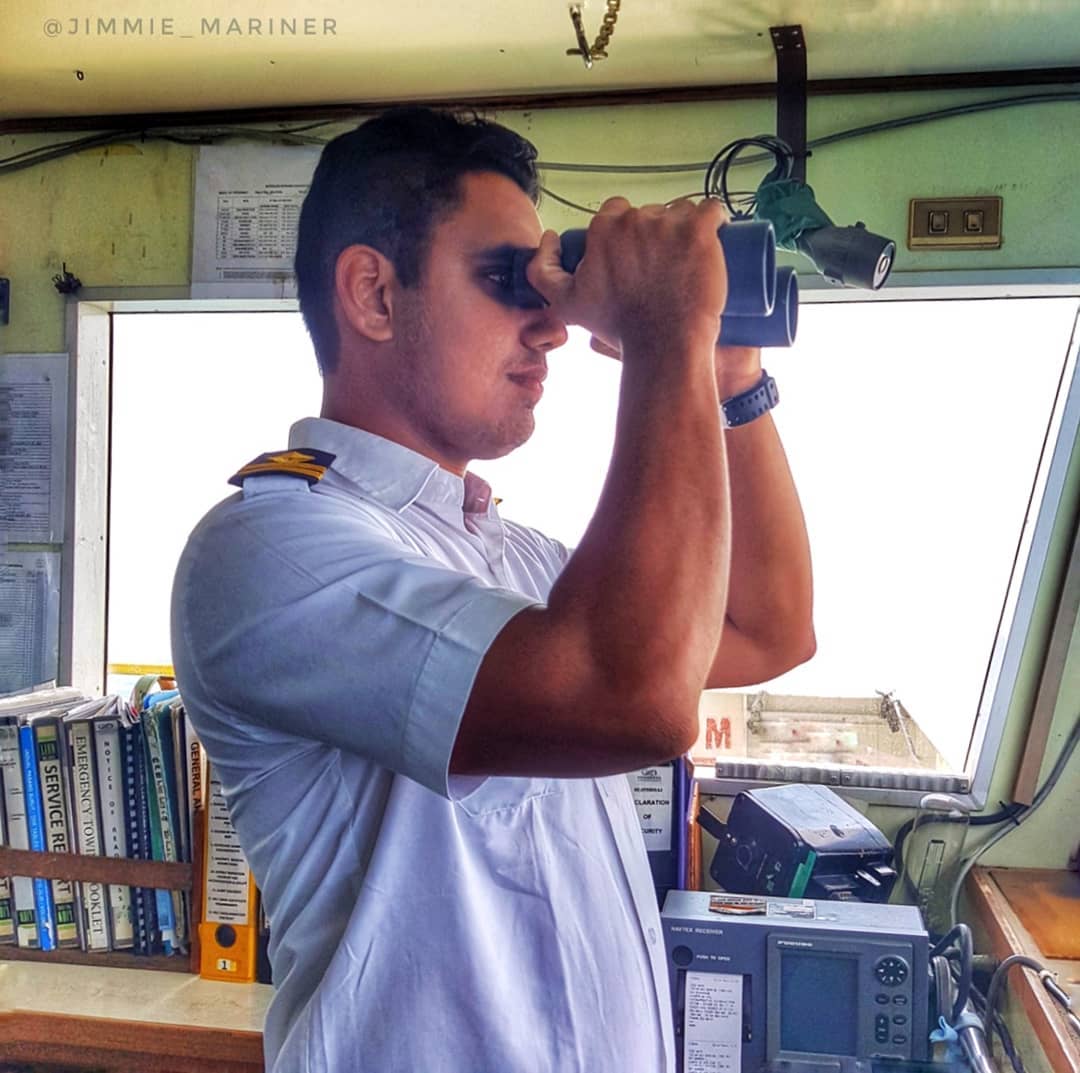IMO Regulations and Guidelines for Ballast Water Treatment Systems. Ballast water is essential for safe and efficient shipping operations, but it can also pose serious ecological, economic and health problems due to the transfer of harmful aquatic organisms and pathogens in ships’ ballast water. These invasive species can cause damage to biodiversity, natural resources, human health and the marine environment.
To prevent and control the spread of these species, the International Maritime Organization (IMO) adopted the International Convention for the Control and Management of Ships’ Ballast Water and Sediments (BWM Convention) in 2004. The BWM Convention entered into force in 2017 and requires ships to manage their ballast water and sediments according to a set of standards and procedures.
IMO Regulations and Guidelines for Ballast Water Treatment Systems
One of the key requirements of the BWM Convention is that ships must install and operate a ballast water management system (BWMS) that has been type approved by the IMO or by a national administration on behalf of the IMO. A type approved BWMS is one that meets the performance standards and specifications established by the IMO in its guidelines.
The IMO has developed several guidelines to assist with the implementation of the BWM Convention, including the guidelines for approval of ballast water management systems (G8). The G8 guidelines define the type approval process and the testing methods for BWMS under IMO legislation.
The G8 guidelines were originally adopted in 2005, but they underwent a critical revision in 2016 to address some shortcomings and inconsistencies. The revised G8 guidelines entered into force on 28 October 2020 and apply to all BWMS installed on or after that date. The revised G8 guidelines are more stringent and robust than the original ones, and they aim to ensure that BWMS are effective, reliable and durable under different operating conditions.
Some of the main changes introduced by the revised G8 guidelines are:
– The use of more realistic test water conditions, such as different salinities, temperatures and suspended matter concentrations
– The inclusion of additional test cycles and more rigorous sampling and analysis methods
– The requirement for land-based testing to be conducted at least twice, once during commissioning and once after five years of operation
– The requirement for shipboard testing to be conducted on board two different ship types, one with a gravity discharge system and one with a pumping discharge system
– The requirement for environmental testing to assess the impact of BWMS on the marine environment, such as toxicity, corrosion and biofouling
– The requirement for documentation and reporting to provide transparent and traceable information on the type approval process and results
The revised G8 guidelines are expected to improve the confidence and trust in BWMS and their performance, as well as to facilitate global harmonization and enforcement of the BWM Convention. However, they also pose some challenges and implications for ship owners, operators, manufacturers and administrations. For example:
– Ship owners and operators need to ensure that their BWMS are type approved according to the revised G8 requirements if they are installed on or after 28 October 2020
– Ship owners and operators need to comply with the operational and maintenance requirements of their BWMS as specified by the manufacturer and the type approval certificate
– Ship owners and operators need to be aware of any additional national or regional requirements that may apply to their BWMS, such as those imposed by the United States Coast Guard (USCG)
– BWMS manufacturers need to update their existing type approval certificates or obtain new ones according to the revised G8 requirements
– BWMS manufacturers need to demonstrate that their BWMS can meet the performance standards under various water quality and operational conditions
– BWMS manufacturers need to provide adequate training and support to ship owners, operators and crew on how to use and maintain their BWMS
– National administrations need to implement and enforce the revised G8 requirements in their jurisdictions
– National administrations need to cooperate and coordinate with other administrations and organizations to ensure consistent application of the BWM Convention
The IMO regulations and guidelines for ballast water treatment systems are an important step towards protecting the marine environment from invasive species. By following these regulations and guidelines, ship owners, operators, manufacturers and administrations can contribute to a safer, cleaner and more sustainable shipping industry.

